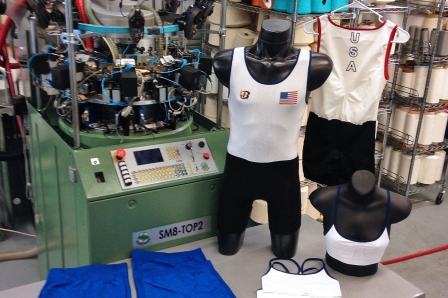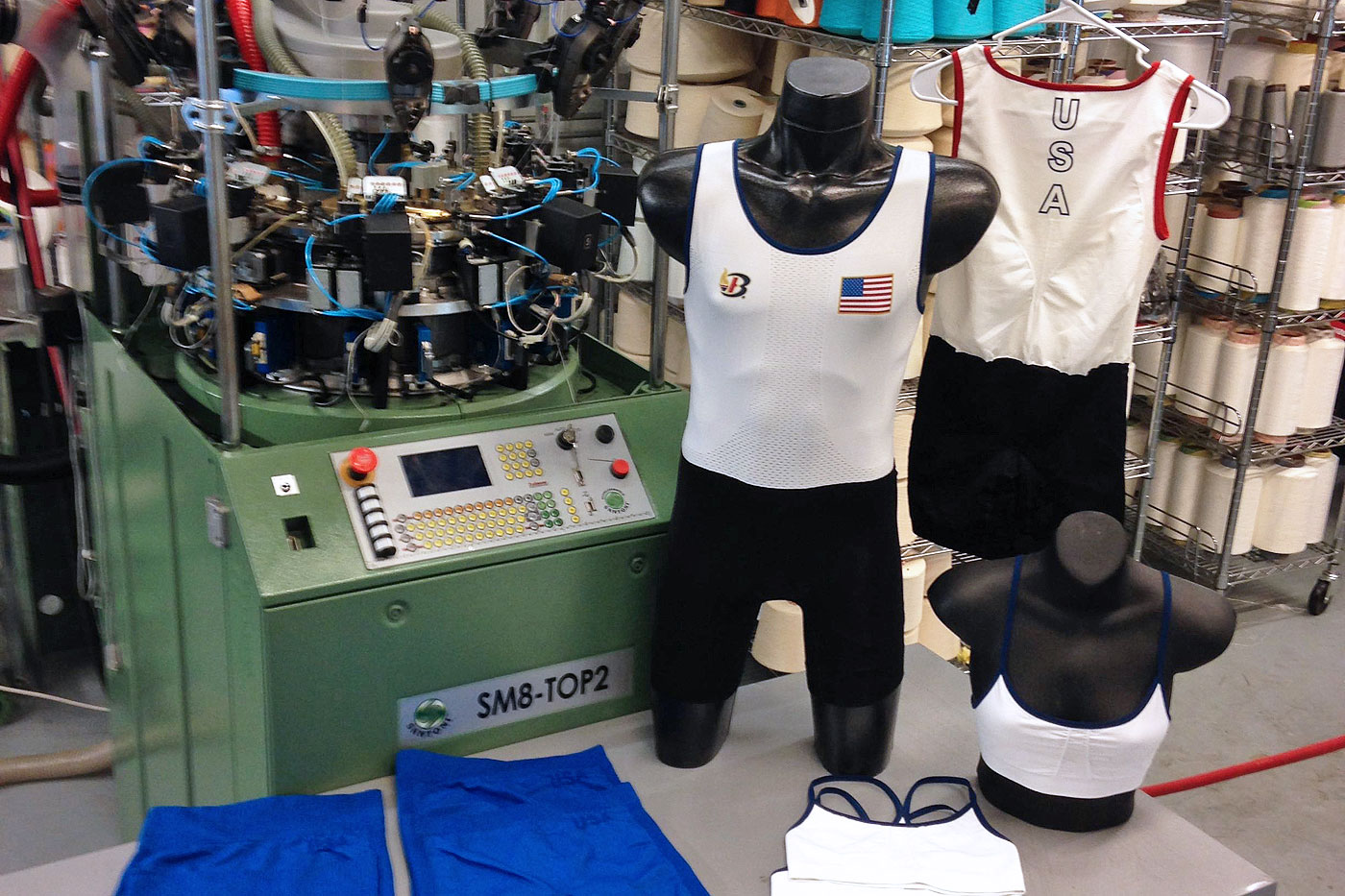US rowers will get antimicrobial outfits to survive polluted Rio waters
The Rio Olympic and Paralympic games sound like more of a nightmare every day. After the National Institute of Health announced that they will study American athletes for probable Zika infection, textile engineers at Philadelphia University have made antimicrobial suits to protect US rowers from the sewage-filled water around the South American city. Unfortunately, they might not be a match for an environment with 1.7M times the level of viral presence considered “hazardous.”
That’s partially because the outfits don’t cover the whole body, leaving some skin exposed. Further, the suits’ antimicrobial finish might not resist some of the viruses present nor may they act fast enough to block some bacteria. To completely protect themselves, athletes wouldn’t just need fully-sealed uniforms — they would have to wear face masks to counter any contaminated liquid spraying up from the water’s surface.
Some athletes are taking safety into their own hands. German Olympic sailor Erik Heil vowed that he’d wear plastic overalls after a flesh-eating bacteria infected his leg at a test event in Rio last August. Others are trying to stay safe by bleaching oars, taking ineffective antibiotics or simply hosing down their bodies with clean water after competitions. Some plan to show up early and hopefully acclimate to the high levels of pollution, while others are arriving as late as possible and leaving just as quickly to avoid as much contact as possible.
The trouble isn’t that these athletes haven’t been exposed to these viruses and bacteria before. They’re exposed to them every day, water pathogens researcher Katherine Mena told Wired, but never in this intense concentration. But despite this very real risk of infection — 6.7 percent of the 567 rowers in a junior championship in Rio last August got sick — not one US rower has withdrawn from the upcoming games, says Wired.
(16)




